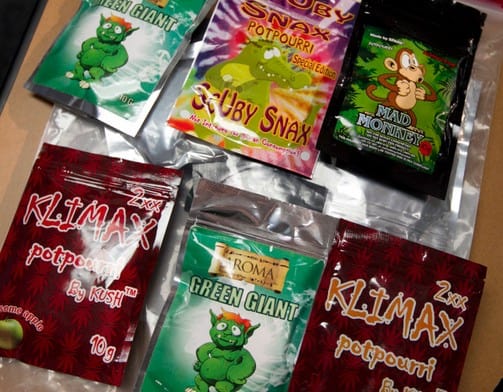Professor Jane Maxwell from the Addiction Research Institute has released her yearly report to the National Drug Early Warning System, Substance Abuse Trends in Texas (pdf). Main findings include:
- Methamphetamine remains the major drug threat in Texas, according to half of the 18 Drug Enforcement Administration offices in the state. There were 715 deaths due to methamphetamine in Texas in 2017, as compared to 539 due to heroin. Seizures of methamphetamine at the Texas-Mexico border have increased by 103 percent since 2014, and the price has dropped by half.
- Cannabis is ranked as the second major threat by the other half of the 18 DEA offices in Texas because of the trafficking not only north-south, but also east-west. Seizures at the Texas-Mexico border are down 125 percent since 2014 but there is more domestic indoor and outdoor growing as well as the supply from states where the drug is legal or decriminalized. Patterns of use include with blunts, electronic cigarettes and the “vaping” of hash oil and “shatter.”
- Heroin indicators are varied. Heroin seizures along the Texas–Mexico border decreased two percent, although the DEA has reported that Mexican opium production is increasing to sustain the increasingly high levels of demand in the United States. Texas has not yet suffered the epidemic of overdoses seen in the Northeast and Midwest because the heroin most available in Texas is black tar — as opposed to white powder — which cannot easily be mixed with the synthetic opioid fentanyl. The purity of black tar is 45-50 percent, as compared to 80-85 percent purity for the heroin available in the northeast.
- Rogue fentanyl powder began appearing in spring 2016 and more events are being reported. But the drug is being mixed with other opiates and benzodiazepines, not heroin.
- Crack cocaine and synthetic cannabinoids remain the drugs of choice among individuals experiencing homeless or living in tent cities, but outreach workers report increased popularity of powder cocaine.
Read the full report (pdf).


